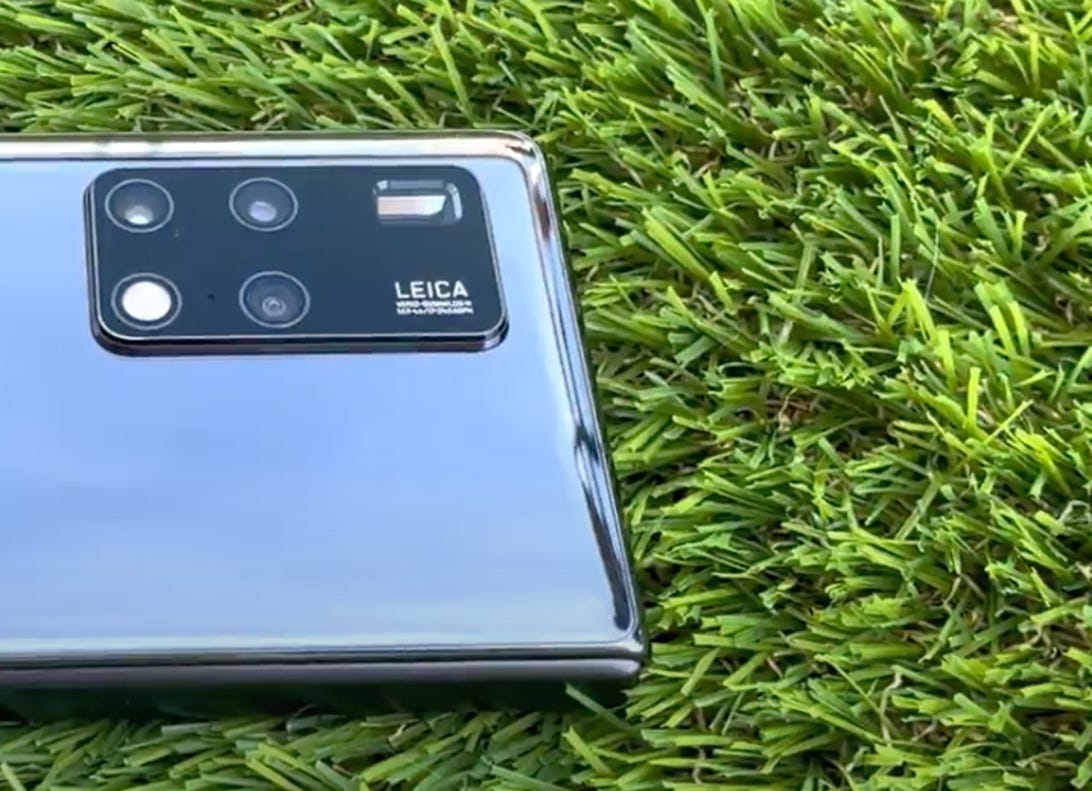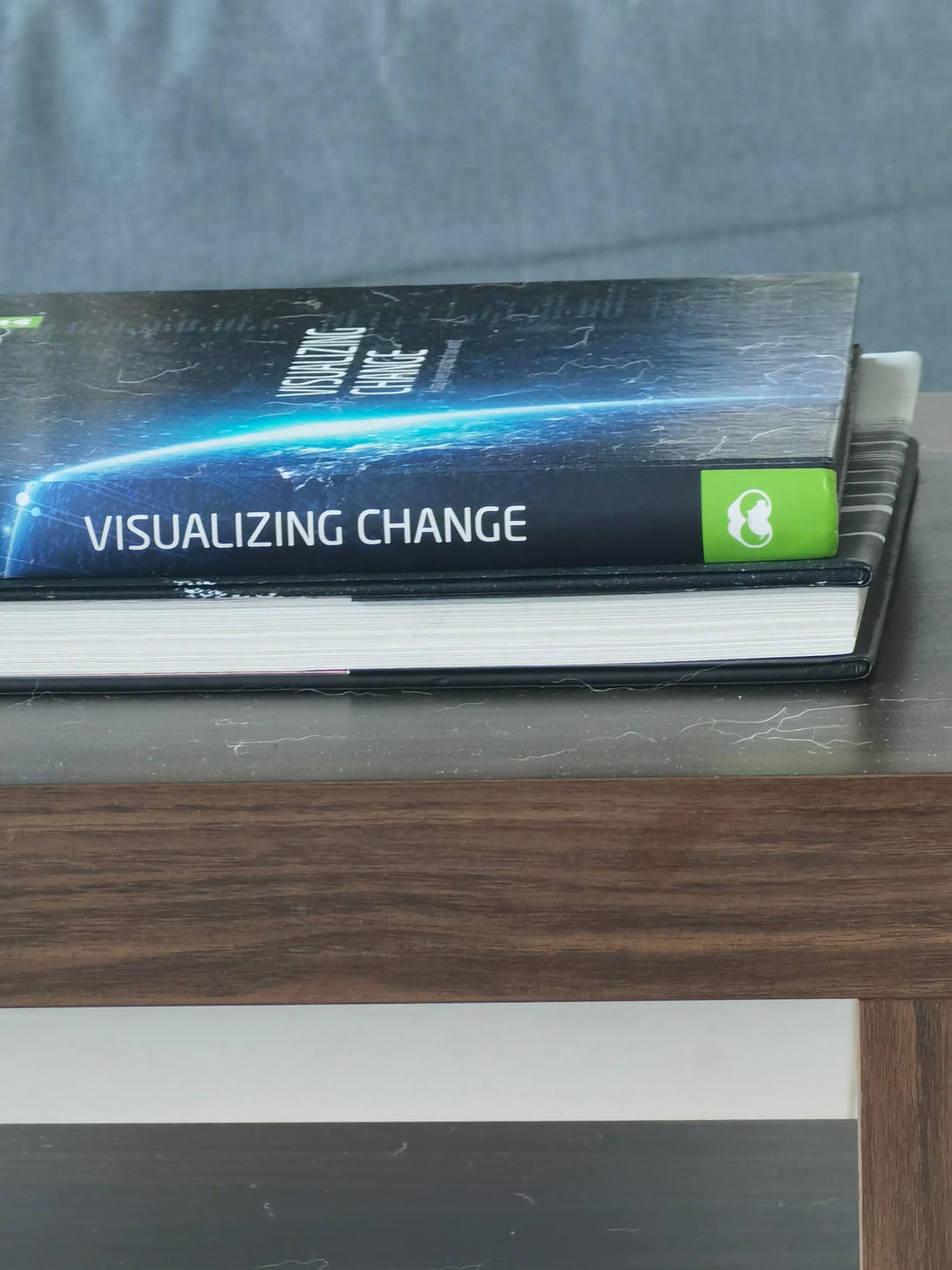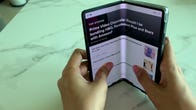
Will foldable phones ever take-off in the mainstream or will they remain as expensive toys owned by a small bubble of wealthy tech-enthusiasts? Of course only time will tell for sure, but Huawei is making a stronger case in favour of these bendy gadgets, taking this movement a step closer to the mainstream with the recent launch of Mate X2.
After using the Mate X2 for a week, I can declare that it has the best foldable phone hardware currently commercially available, eclipsing even Samsung's Galaxy Fold 2. (You can read about that in detail in some of the sections below.) The cameras, as typical of Huawei phones, took excellent photos in all kinds of lighting conditions. Plus multitasking was made so much easier compared to a regular phone thanks to the inner display, which expands to the size of a tablet when opened .
This year Huawei put the Mate X2 through a Samsung-inspired redesign, wherein the device opens and closes like a book instead of folding backwards like its predecessors. This switch in design also means the Mate X2 has two screens instead of one: an outer panel the size of a full-fledged phone as well as that tablet-sized inner display, which by the way is entirely free of notches. Both the exterior and interior screens are crisp and responsive, and handoff when you unfurl the device is wonderfully seamless.
Beyond offering a smooth folding phone experience, Huawei didn't skimp on other features. Most notable is an excellent camera system, consisting of some of the best smartphone shooters money can buy, including the appearance of a periscope-style telephoto camera, making this phone possibly the first foldable to get such a lens. There's also a powerful processor in the form of the Kirin 9000.
Given its astronomical price tag of nearly $3,000, I'm pleased Huawei didn't hold back on accessories: you'll find a bundled fast-charger nestled inside the box, wired headphones, and a handy vegan leather case, which has a stand for propping up the phone when expanded.
Admittedly, Mate X2 has obvious drawbacks. The sky-high price tag puts it out of range for most people, and it's received a China-only release, though I suspect Huawei will go on to launch the next-gen version of this device internationally. Like all newer Huawei devices, Mate X2 doesn't run Google apps like Gmail, Google Maps, etc, due to those crippling US sanctions. Fortunately, you can access services like Gmail on the native web browser, and I easily managed to load my Gmail email account onto Huawei's native email application. Finally, even though I like big screens, the phone is simply too bulky for me.
Even with those imperfections, I think Huawei's third-gen foldable is still a phone that deserves and demands your attention, even if you don't buy it since it's not available outside China. It demonstrates the potential of foldables and where it might take the smartphone industry. If you want details on specs, scroll down to CNET's chart at the bottom of this page. But the Mate X2 is less about its impressive specs lineup, than it is, like I said, about giving the world a taste of the future.
From the looks of it with the Mate X2, that future looks promising. I don't think we see the real potential of these phones until Huawei (or Samsung) can bring the price lower (much lower) to say $1,000 to $1,200 levels and build an even slimmer, more portable foldable.
Design: Three times a charm
The Mate X2 represents Huawei's third attempt at a foldable phone, and this time around Huawei seems to have nailed it. As I wrote above, Huawei took a page out of Samsung's playbook with the Mate X2, overhauling its design to feature an inward folding screen instead of a front-facing screen, as seen on last year's Mate X. That screen folds outwards and leaves it continuously exposed to potentially damaging keys or coins in your pocket.
Using a phone with two displays has obvious tradeoffs: the Mate X2 is thick and heavy. The phone can't comfortably be used one-handed, and it was cumbersome to lug around during my routine hikes. But it's not as heavy as you might think. Huawei found a crafty work-around to help reduce the hefty feeling of a 295 gram (10.4oz) phone by employing a wedge-shaped design, like a doorstopper. The Mate X2 is thickest near the camera module then gradually slims down to 4.4mm on the other side. That makes it easier to hold the phone one-handed (not that you would much), and pushes the center of gravity to the thicker side of the phone.

The MateX2 has a wedge-like design to help it feel lighter and to help reduce the gap between the two sides of the screen when the phone is folded close.
Sareena Dayaram/CNETKey to the redesign is also a new multidimensional hinge that forms a teardrop shape when folded, helping the screens fold against itself with a narrower gap. Inside the hinge mechanism, there's a zirconium-based liquid metal that Huawei says is twice as strong as the Falcon Wing hinge from previous models.
What's the exterior display like?
As mentioned earlier, the exterior screen of the Mate X2 is basically akin to a full-sized phone. It takes the form of a 6.45-inch OLED panel that has a pill-shaped notch housing two front-facing cameras. The display has a 2700 x 1160 resolution (456 ppi), meaning its image quality is better than the Galaxy Fold 2, though admittedly the latter has a higher refresh rate. Because of the ample size of the Mate X2's exterior screen, you can depend on it for day-to-day tasks without needing to open up the phone for when you want to, say, type an email or read a long article. This was an issue CNET's Jessica Delcourt, faced with the taller Galaxy Fold 2 when she reviewed that device. According to her review, the keyboard was small on the exterior screen, making the typing experience feel a bit cramped at times. No such feeling with the Mate X2.
Interior display: Is there a crease?
The real fun begins when you unfurl the Mate X2, especially if you're a big screen lover. And even if you're not, it's tough not to marvel at its exemplary inner screen and the engineering feat it represents. When open, the Mate X2 runs on a tablet-sized display entirely free of notches and to a certain extent creases too. The interior screen is crisp, smooth (90Hz refresh) and responsive too. During day-to-day use, I didn't notice or even feel a crease, but when I maneuvered the phone to certain angles, the crease did rear its ugly head. What I'm saying is that I had to actually try to find the crease, it wasn't obvious, so it personally didn't bother me much at all. One of my favorite things to do was to use Android's split screen mode, and run two apps side-by-side. It was ideal for multi-tasking and having a tablet-sized display to work from instead was a dream!

Mate X2 is the only foldable phone with a periscope-style zoom lens.
Sareena Dayaram/CNETMate X2 has epic zoom skills
One of Huawei's superpowers has always been its cameras, and the quad camera module on the Mate X2 is no exception. Leading the pack is a 50-megapixel main sensor, which is accompanied by an ultra-wide lens and two telephoto lenses, including a periscope-style one capable of 10x optical zoom. Remember 10x optical zoom is the highest level of lossless zoom currently available on smartphone cameras, so even the Samsung or Apple flagships of the world don't have this coveted feature. More specifically, the iPhone 12 Pro Max as 2x/5x optical zoom and the Galaxy S21 Ultra has X, and the Galaxy Fold 2 has X. It was my first time using a device with this level of zoom, and I was left astonished with the kind of images it captured. As far as digital zoom goes, the Mate X2 can zoom in 100X, putting it on par with the Samsung
Overall, the camera took detailed and color accurate photos in all kinds of lighting conditions.
I do like being able to unfold the device to take a higher-quality selfie with the rear cameras.


Take note of the books lying on the coffee table. This photo was taken on default settings.
Sareena Dayaram/CNET
Now this photo is taken with 10x optical zoom. The image is crisp and you can actually clearly read the title of the book.
Sareena Dayaram/CNET
This room was completely dark and with my own eyes I couldn't see any color in the painting hanging on the wall. But the Mate X2 cameras managed to capture a color photo accurately showing reds, yellows, and browns on the painting.
Sareena Dayaram/CNET
Selfie time.
Sareena Dayaram/CNETBattery & Performance
There is a Kirin 9000 processor under the hood, with eight cores, along with 8GB of RAM and 256GB or 512GB of storage. Huawei has added support for storage expansion (256GB) via its proprietary card slot. The battery isn't massive given this is a device bearing an 8-inch OLED screen, but when the phone eventually died, the fast-charger fully revitalized the battery in an hour.
Mate X2 specs
| Huawei Mate X2 | |
| Display size, resolution, refresh rate | Exterior: 6.45-inch OLED, FHD+ 2700x1160 Pixels, 90Hz Interior: 8-inch OLED, 2480x2200 Pixels, 90 Hz |
| Pixel density | Exterior: 413 ppi + Interior: 436 ppi |
| Dimensions (Millimeters) | Folded: 161.8mm (H) x 74.6mm (W) x 13.6~14.7mm (D), Unfolded: 161.8mm (H) x 145.8mm (W) x 4.4~8.2mm (D) |
| Weight ( Grams) | 295 grams |
| Mobile software | EMUI 11.0 (Based on Android 10) |
| Camera | 50-megapixel (main), 16-megapixel (ultra-wide angle), 12-megapixel (telephoto), 8-megapixel (telephoto with 10x optical zoom) |
| Front-facing camera | 16-megapixel (wide-angle) |
| Processor | Kirin 9000 |
| Storage | 256 GB / 512 GB |
| RAM | 8GB |
| Special features | 5G, inward folding phone, 10x optical zoom, 55W wired charging |
| Battery | 4,500 mAh, 55W wired charging |
| Fingerprint reader | Side |
| Headphone jack | USB-C |
| Price | 17,999 yuan for 25GGB (~$2800); 18999 yuan for 512GB (~$2965) |
June 04, 2021 at 07:00PM
https://ift.tt/3gd0Tm3
Huawei Mate X2: What it's like using the nearly $3,000 foldable - CNET
https://ift.tt/3eIwkCL
Huawei

No comments:
Post a Comment